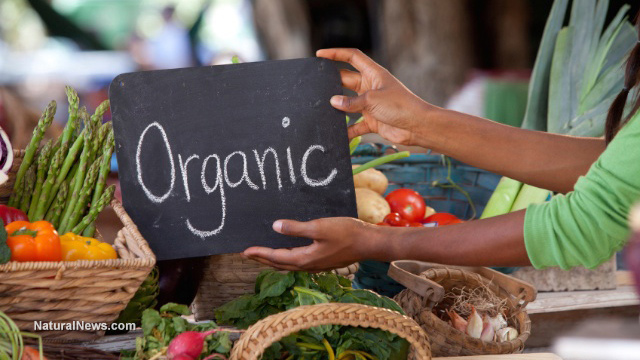
Somewhere down the line, however, big chemical corporations entered the game and took over the agricultural world with toxic, synthetic chemicals and GMO seeds.
It all started in 1940, when the growth of synthetic pesticides accelerated with the introduction of dichlorodiphenyltrichloroethane (DDT) and other lab-made substances, such as benzene hexachloride (BHC), aldrin, dieldrin, endrin, chlordane, parathion, and captan. Since these synthetics were effective at killing pests and increasing yield, which made food cheaper, they became highly popular.
Since neither people or policy makers were overly concerned about the potential health risks these chemicals brought, research into synthetic pesticides was minimal until the 1970s and 1980s, when it increased significantly with the introduction of cancer-causing glyphosate.
While the introduction of these synthetic substances heralded the era of a booming chemical-based agricultural industry, organic farming never died out. In fact, modern organic farming as we know it today, and the industrialized, chemical-based agriculture began at the same time.
History of modern-day organic agriculture in the U.S.
With the rise of chemicals and pesticides in farming, the pioneers of the early organic movement were searching for new, alternative ways to improve soil condition and reduce crop loss. As reported by Sare, we thank the survival of organic farming in America to J.I Rodale, founder of the Rodale Research Institute and Organic Farming and Gardening magazine. He is often called the father of the modern organic farming movement in the United States.
Around the time the chemical industry started to boom in the 1940s, Rodale began to inform the people about non-chemical farming methods and production methods. The greater part of his ideas and methods, however, were influenced by ideas of Sir Albert Howard, a British scientist who spent years observing traditional farming systems in India.
While Rodale might be called the father of organic farming in the U.S., the real founder and pioneer of the organic movement is Sir Albert Howard. His ideas were based mainly on the link between soil fertility and plant and animal health, or the “Law of Return and Composting.” His agricultural system relies on returning crop residues, green manures, and wastes to the soil. Furthermore, he promoted the idea of using deep-rooted crops to draw nutrients from the ground.
By the 1970s, around the same time glyphosate was introduced to the market, increased environmental awareness and a higher consumer demand fueled the growth of the organic industry. During this period, no standards or regulations existed defining organic agriculture. Each state could impose its own rules and certifying standards. This decentralized approach caused a lot of confusion about what “organic” really meant. (RELATED: Read more glyphosate news at Glyphosate.news.)
To bring consistency to the organic food standards, the Congress passed the Organic Foods Production Act (OFPA) in 1990. The USDA was appointed to develop and write a set of regulations to explain the new law to producers, handlers, and certifiers. Furthermore, a National Organic Standards Board was established to make recommendations regarding the substances that could be used in organic farming. They were also appointed to assist the USDA with writing the new regulations, which were finally written and implemented in fall 2002.
These days the “organic” label still means that the food has been grown following the federal guidelines of the OFPA. While organic farming has had its growing pains, each year more farmers are making the transition to safe, organic foods grown without chemicals.
See OrganicFarming.news for more details.
Sources:
Please contact us for more information.























